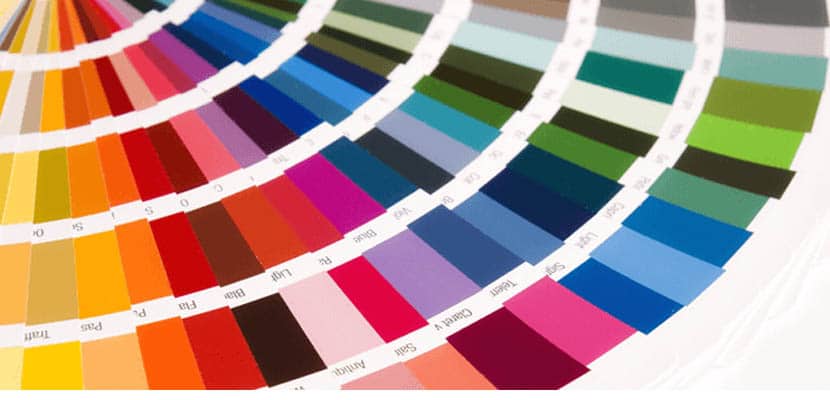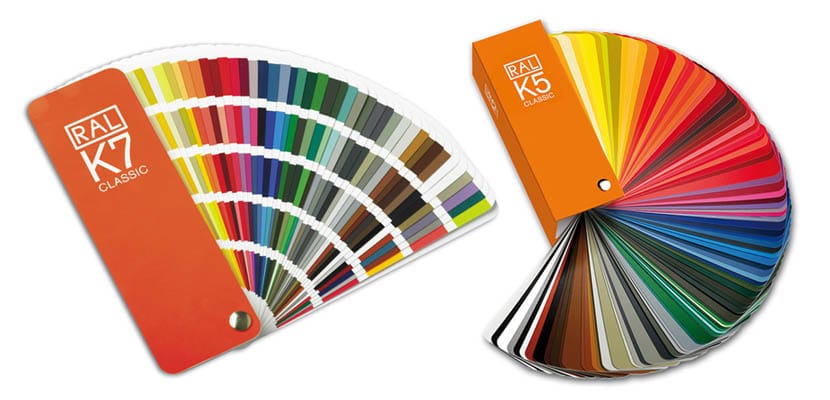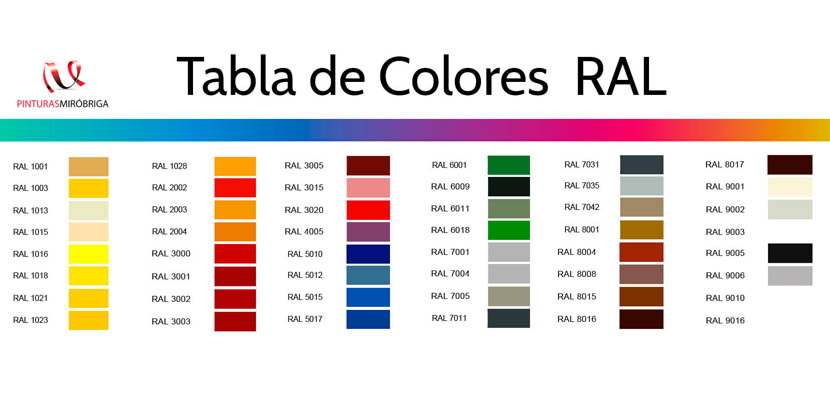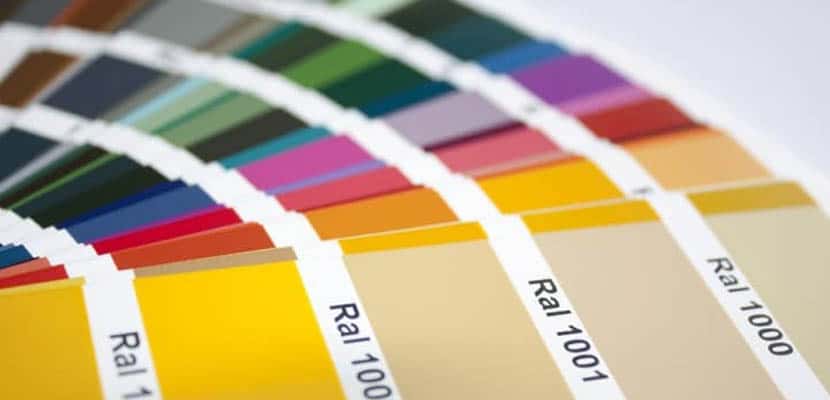
We are all familiar with color chart Pantone. It is the most used system in interior decoration, but not the only one that presents a numbered color guide. In addition to Pantone, Cielab, IRAM and RAL are systems recognized by certain sectors, but not by most of us. Until today!
What is RAL?
RAL is a European color matching system; a numbered color guide designed for application in different branches of industry, among which is the manufacture and distribution of paints, plastics and coatings, mainly.
The German terms Reichs-Ausschuß für Lieferbedingungen, which could be translated into Spanish as 'National Commission for Delivery Conditions and Quality Management', are the origin of the abbreviation RAL. An abbreviation for standard colors administered by the RAL Deutsches Institut für Gütesicherung und Kennzeichnung.

In 1927 the German organization RAL created a collection of 40 colors. The objective was none other than to rely on the numbers and define each color by means of a set of these. In subsequent years, new dyes were added to the collection, which was revised in 1961 and called "RAL 840-HR". From that moment on the color system had 213 colors, which are still in force today. However, as the «RAL 840-HR» range covered only matte colors, in the 80s «RAL 841-GL» saw the light, a range for glossy surfaces, limited to 193 colors.
All the colors of this RAL Classic chart are identified by a 4 digit number, where the first is that of the family or main key. 1: Yellows, 2: Oranges, 3: Reds, 4: Purples, 5: Blue, 6: Green, 7: Gray, 8: Brown, 9: Black and White. This is the most famous and widely used system but not the only one. The RAL Design, RAL Effect and RAL Plastics collections offer more color variations.

RAL collections
- RALDesign: In 1993 RAL invented a new color unification system, tailored to the needs of architects, designers and advertisers. The RAL Design collection then had 1688 colors. Contrary to previous systems, RAL Design has no names and its numbering follows a scheme based on the CIELAB color space. Each color is represented by 7 digits, grouped into a triple and 2 pairs, representing hue, brightness, and saturation, respectively. RAL Classic and RAL Design colors do not intersect.
- RAL Effect: RAL Effect consists of 420 solid colors and 70 metallic colors. It is the first RAL collection based on a water-based paint system in which no heavy metals such as lead, cadmium or chromates are used.
- RAL Plastics: RAL Plastics is the standard color for plastics. Multifunctional plates made of polypropylene ensure the best possible conversion of RAL paint shades to an identical shade for plastics. RAL Plastics P1 contains the 100 favorite RAL Classic colors, while RAL Plastics P2 displays 200 RAL Design colors as a standard for plastic.

Its use in interior decoration
The RAL color range was designed for application in different branches of industry and not so much for application in interior design. You are probably wondering what this nuance implies and why its use is not transferred to interior design as well. The most compelling reason for this is that its color range is very limited to pastel or light tones, unlike other standards aimed at decoration, interior design, architecture, etc.

A main criterion for the colors of the RAL Classic collection is to be of "Primary interest." Many of the colors of this are used in warning signs and traffic signs, or are dedicated to government agencies and public services; for example: RAL 1004 (Swiss Postal Service), RAL 1021 (Austrian Post Service), RAL 1032 (German Postal Service).
Does that mean we can't use it for the design and interiors? No, it simply indicates that it may not be the most suitable for it. And that it can be difficult for an interior design professional to work and handle this color standard or at least do it with the same frequency or ease as it does with the Pantone standard.
Did you know the RAL color system? Have you understood how it works? Have you ever used it? As you have seen, their color cards are an explosion of color. Cards that you can acquire, just as the cards of other systems are acquired for an inexpensive price if you are not going to take advantage of it. In case you need it for a project, in addition, the different specialized companies or design studios that you work with will be able to provide it to you in order to choose and agree on the most suitable colors.
Most of us will never use it, but knowing takes no place.